



A few weeks ago, we made our first trip to the Mobile Museum of Art to see “do it” an exhibition of instructions and artworks interpreting those instructions. “do it” is a traveling exhibition produced by Independent Curators International that begins with artists telling you what to do. In 1993, Hans Ulrich Obrist ask 12 artists to send instructions for an exhibition. 20 years later, this exhibition of unfinished artworks has traveled to over 50 locations around the world and has grown to include 250 instructions.
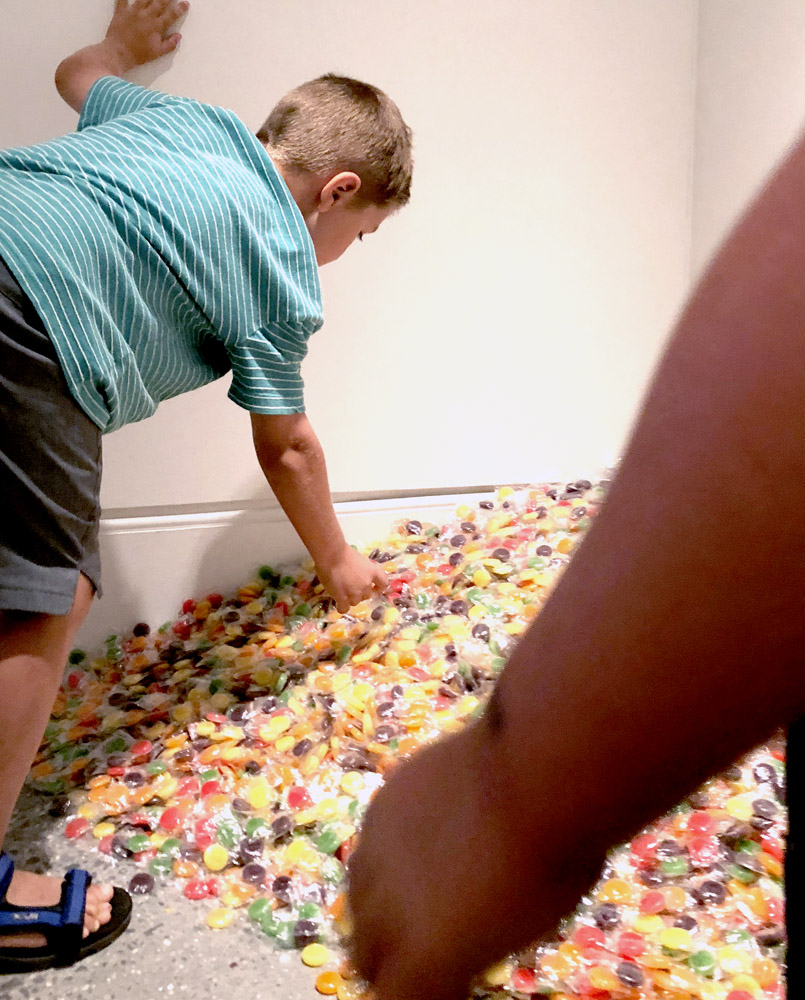
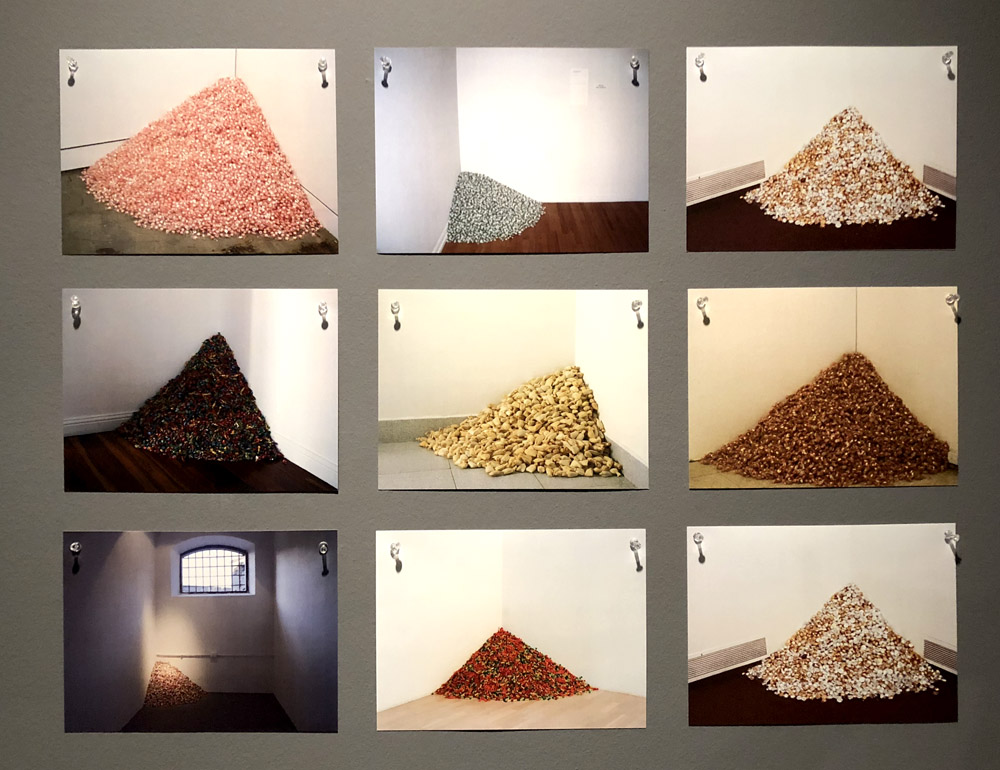
The spirit of the “do it” exhibition is summed up in the grid of photographs pinned to the wall that illustrate nine different occasions Félix González-Torres’ untitled candy has been tossed in a corner. Each time a local institution/community exhibits “do it” they select at least 20 instructions to be interpreted at their site. Hundreds of artists and audiences around the world follow the rules and engage with the past.

When you visit the exhibition you are looking at the instructions and you are looking at the realization of those instructions. In some situations, the visitors to the museum are invited to act on the instructions. For example, Adrian Piper’s instructions are realized as an institutional sign that reads “In order to enter this room, you must hum a tune. Any tune will do.” Of course, we followed the rules.
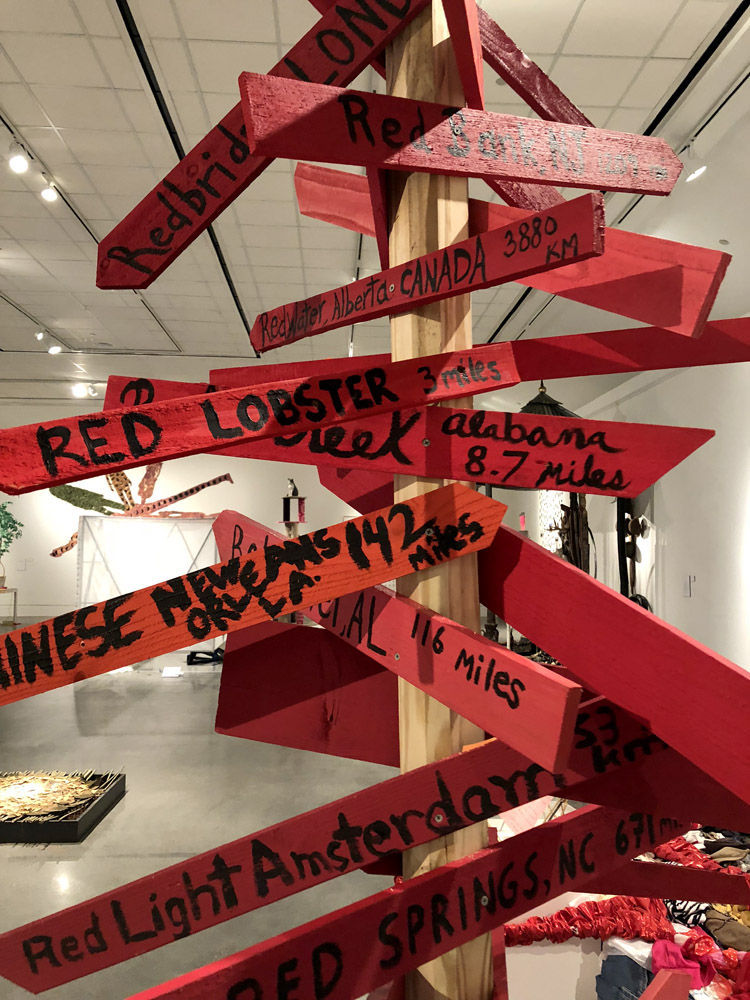
There are three different levels of artworks that you can choose to engage: the instructions, the interpretations, or the dialogue between them. They are not always equal, but they are all there. However, one of the most unique aspects of this exhibition is that none of them are ever finished. The exhibition is a conversation before it is even an action. However, since museums can feel like rigid monuments, the discussion can be cut off. The power of the artworks in “do it” is that they are in process or better they are just process.

Z-man’s favorite artwork was Bruce Larson’s translation of Nicolás Paris’ “portable museum.” I received a long explanation from him on that one. If you know Zach, then it makes a lot of sense that he was drawn to it.
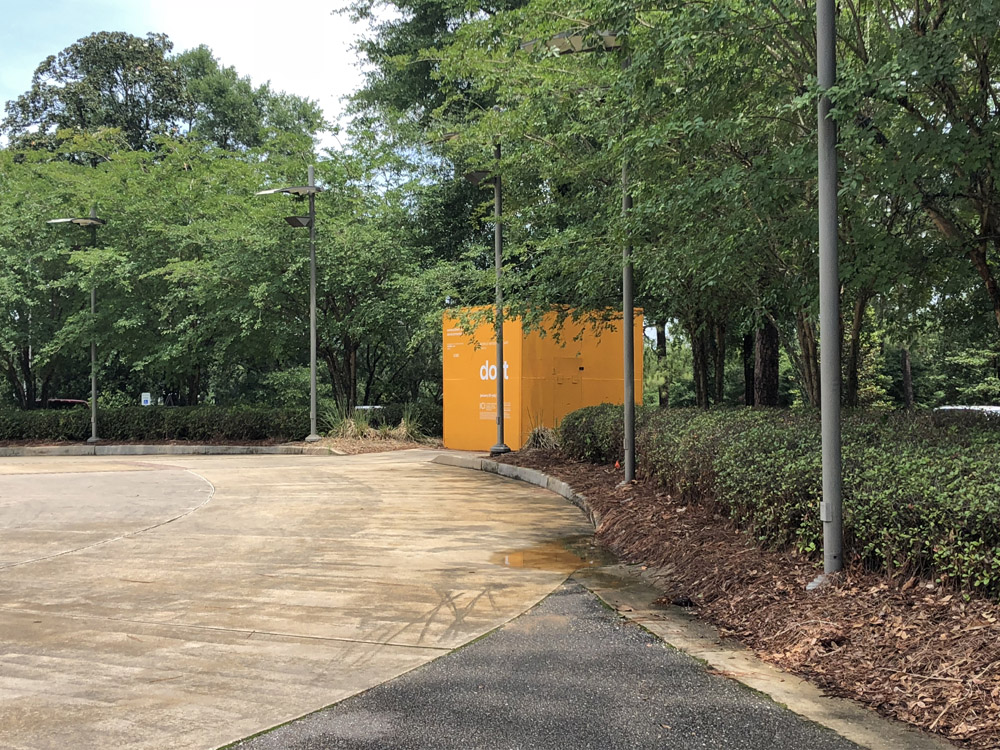

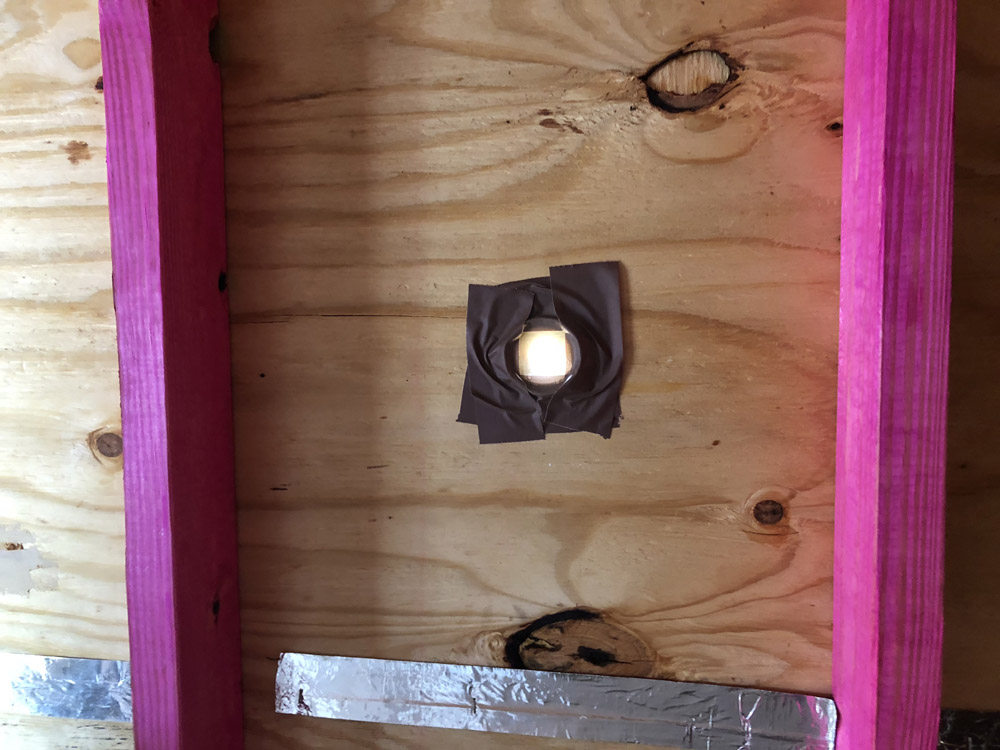

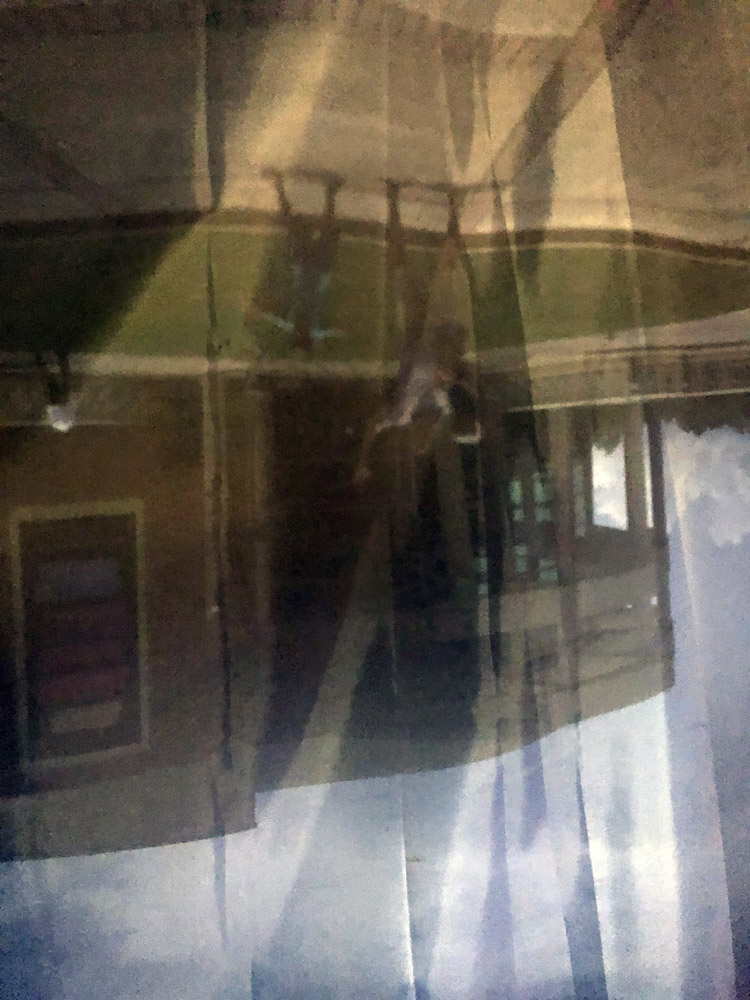
We also had fun in David Armentor’s camera obscura. We liked it for orange box sitting oddly in the driveway as much as the magic of climbing inside it. A camera obscura turns a room into a camera. The world outside is projected upside down inside the box. That’s why there are blurry pictures of our crew upside down above.

Downstairs, the Mobile Museum of Art has a spacious education wing and relaxing place for the kids to play. We had the space to ourselves, and particularly enjoyed the pipes. We did not get a chance to explore the park or sculpture trail around the museum. We tend not to do things like that when it is really hot. The museum was spacious and easy to navigate with a stroller.